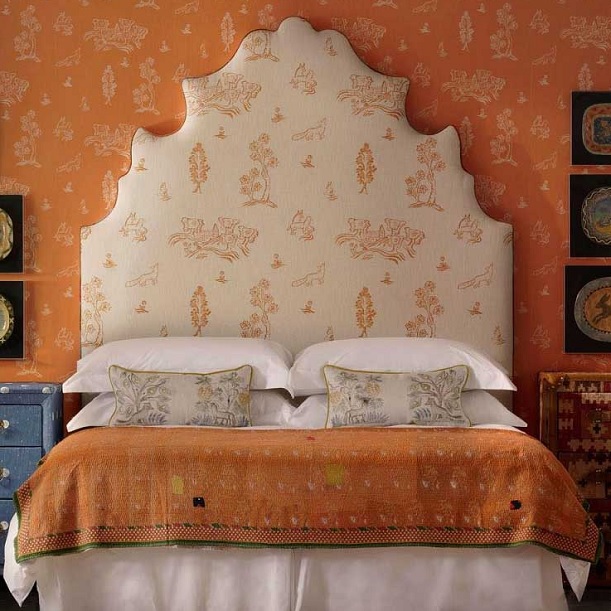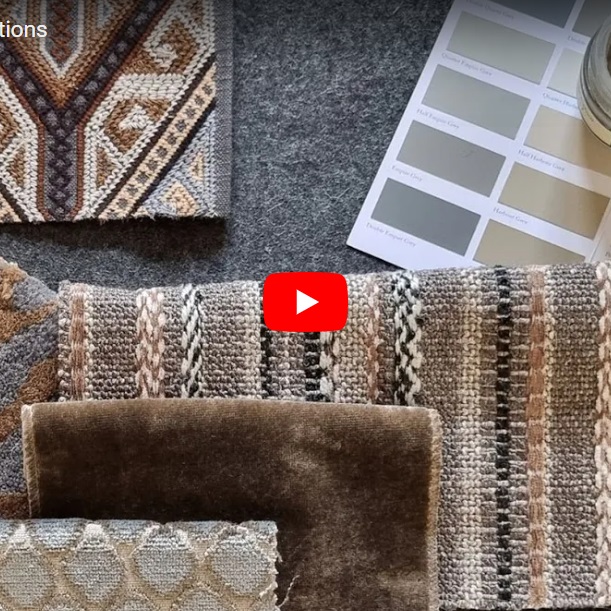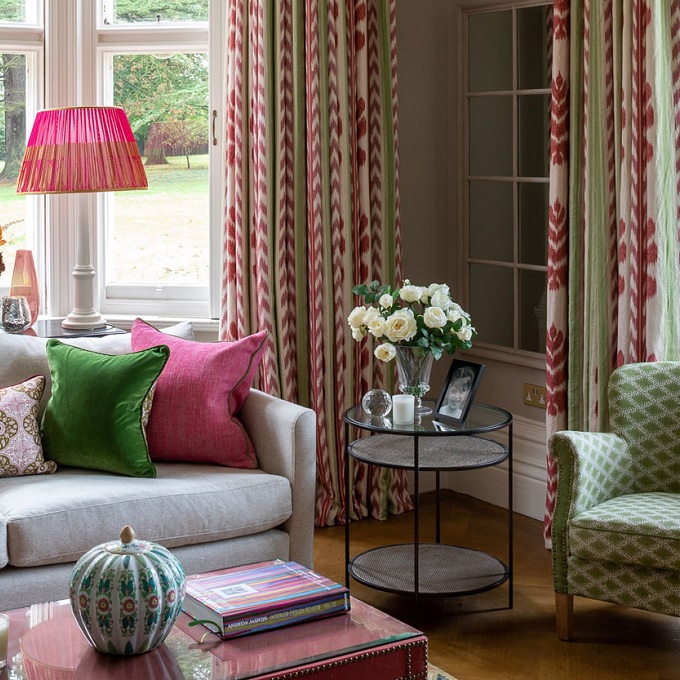FREE delivery on UK Orders over £200 - Worldwide Delivery Available
+44 (0) 1273 495500
Embroidery: History and How It's Made
1st May 2019We are currently working to update this article.
Here are some interesting guides, schemes and videos you may wish to take a look at whilst you are waiting. We hope they inspire your next interiors project!
Copyright 2024 F&P Interiors. All rights reserved.
- paypal
- visa
- mastercard
- amex



